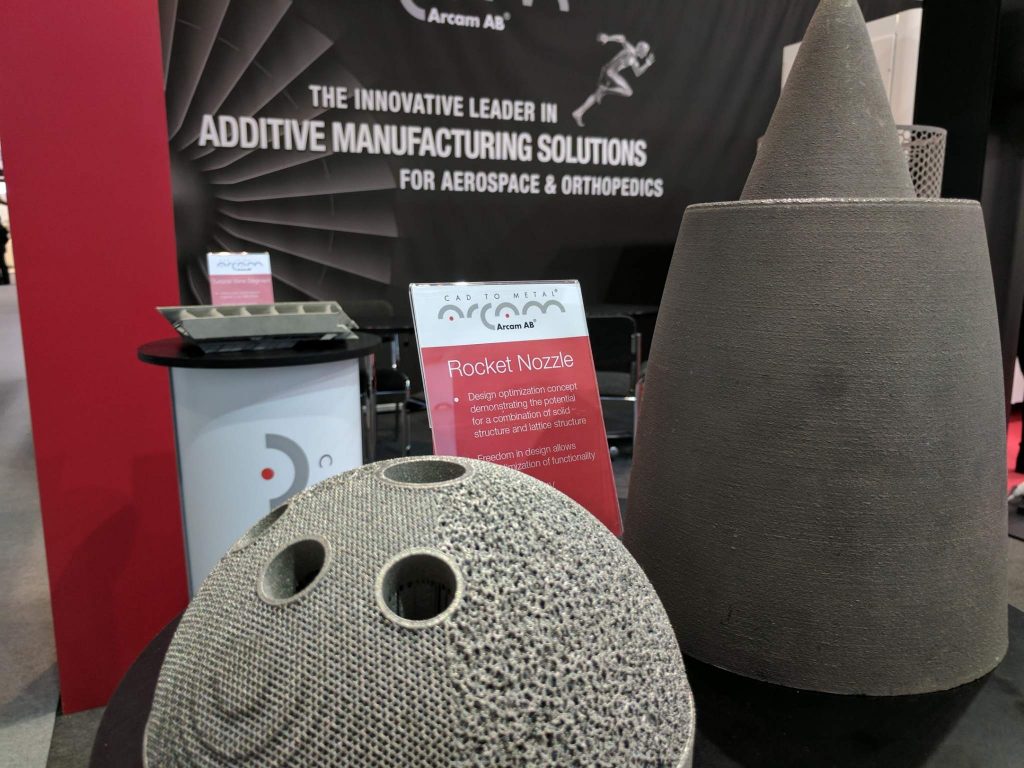This is second part of a look at the challenges of modeling build chamber metrology. The first part of this insight into metal additive manufacturing can be read here.
Why is it so challenging to simulate a print job?
Manufacturing processes often involve energy insertion by contact or non-contact mechanisms (force, heat) so that the material is transformed (solid-state metal working, addition or removal of material or melting) and structural changes are introduced at various length scales, such as coarse scale geometric changes visible to the naked eye and, at finer length scales, microstructural changes responsible for material transitions.
In traditional manufacturing processes, contributions to fine length scales are orders of magnitude lower than the coarse length scales of the entire part. Additive manufacturing processes involve energy insertion mechanisms as point or line source(s), which leads to appreciable effects at both micro and macroscopic length scales.

The complex nature of dynamic forces
DMLS and EBM involve the movement of a punctual heat source to melt the powder particles and fuse them. Therefore, additive manufacturing processes are complex to model, as for other processes that apply a very dynamic force to a part being manufactured. Generally, AM processes are incredibly time-consuming to simulate using physics-based finite element modeling.
Using a basic mesh of fine-scale finite elements, solving numerically a full size (200 x 200 x 200 mm) powder bed metal laser melting job would require elements of 10 microns or smaller in size and time steps of 10 microseconds time increments, to accurately capture the physics of laser/electron beam melting and solidification around a melt pool.
In the case of a uniform 3D mesh, these parameters lead to about 108 elements per layer for a 1012 total elements in the bed to fully capture the physics for a single part that fills much of a usual powder bed. In addition, about 1010 time increments are necessary, assuming the production spans over 50 hours of actual laser scan time.

A 5.7 billion year problem
With a 16 teraflop computer, a numerical problem of this size requires about 5.7×1018 years to solve. That’s 5.7 billion of billions of years. As described, the problem can’t be solved in a practical or even realistic way.
The traditional approach of “fine gridding” (small uniform mesh elements) for high-fidelity finite element analysis require an astronomic computational time to solve a full bed metal laser melting problem.
Most models therefore simulate only a small fraction of a part, or simplified “canonical” geometries. Some also employ adaptive meshes with a refinement zone which is moved or not. Further simplification can also be brought into the simulation to reach more practical durations. Examples are including the matrix multiplication flops, multi-scaling, intelligent matrix assembly that requires no recalculation of nodal connectivity when meshing changes, +Z direction Eigen modes after few layers, intelligent Cholesky or PHOBC methods.
In conclusion, finite element and volume methods are fully applicable to metal additive manufacturing. In order to predict thermal fields, residual stress and distortion effectively, great care is needed when choosing simulations parameters (mesh density, solver type and “time step” of the simulation).

The art of numerical analysis
An art of numerical analysis is also to find a stable algorithm for solving a well-posed mathematical problem in a realistic time. Accuracy is always traded-off for speed and eventually, as for any sort of modelling, a degree of validation (through experiment or data analysis) must be exercised to increase confidence in what is being modeled.
For more insights into additive manufacturing, subscribe to our newsletter and follow our active social media channels.
If you’d like to contribute expert insight on a particular additive manufacturing topic, then please contact us.
Featured image shows XJET metal additive manufacturing. Photo by Michael Petch.



